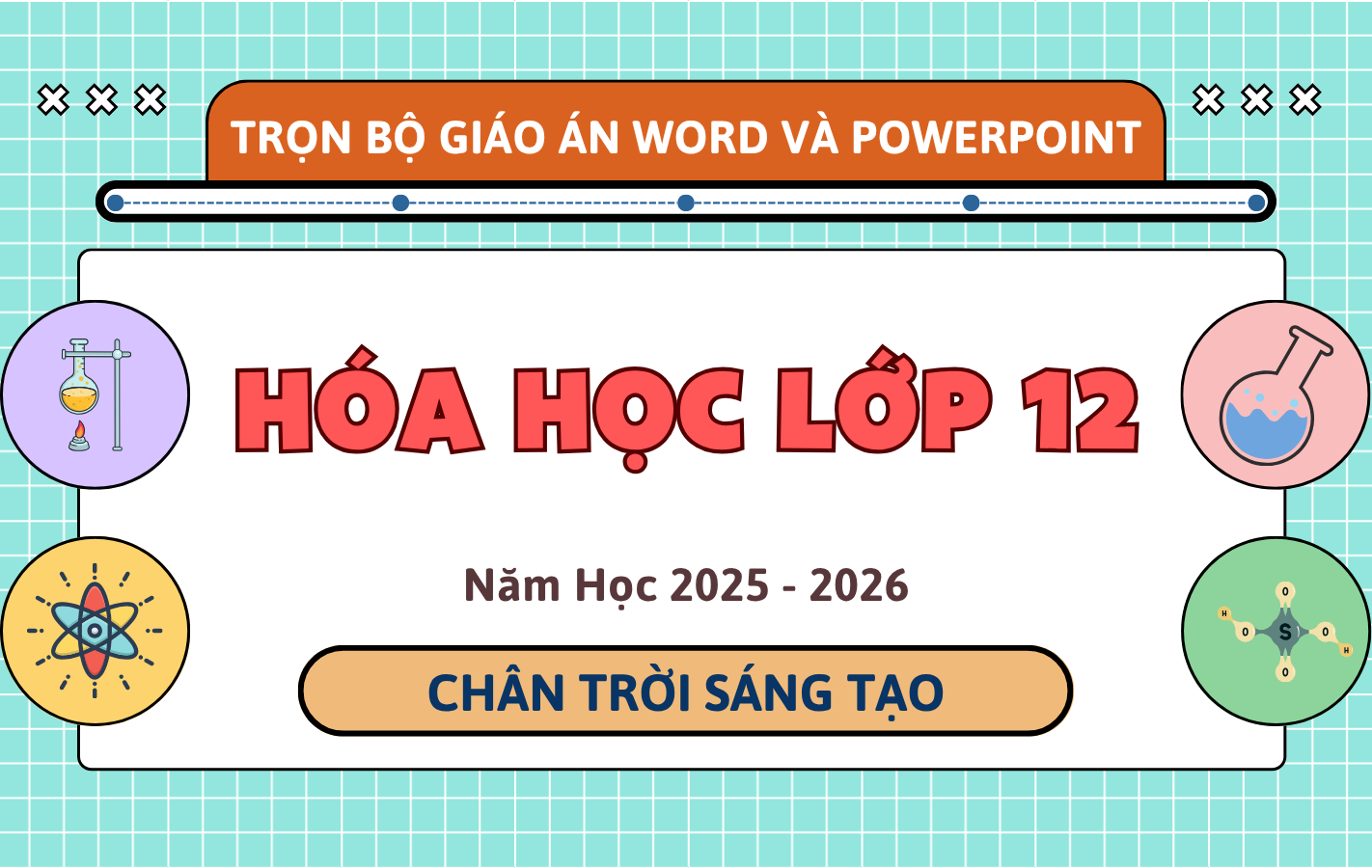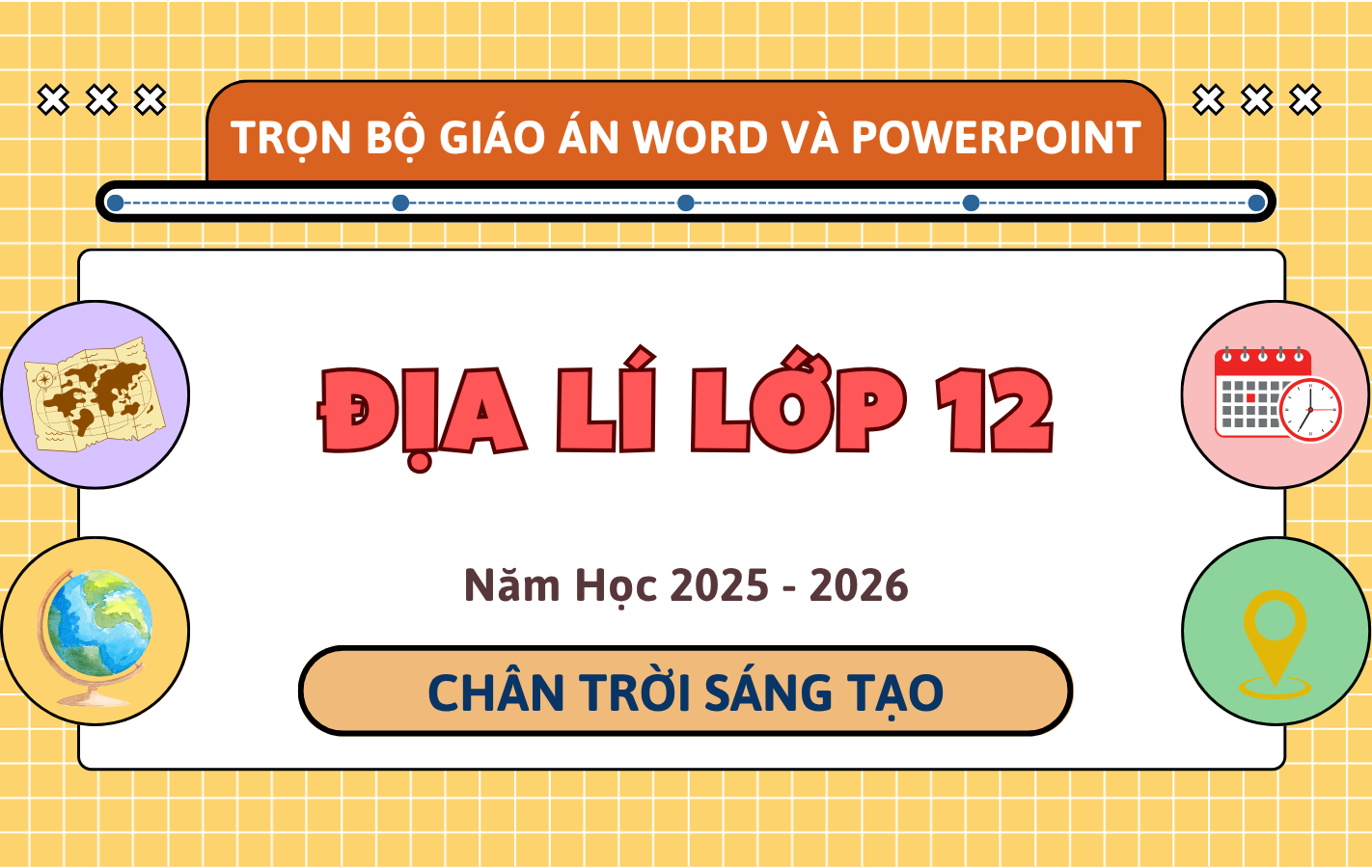Câu hỏi:
Read the following passage and choose the best answer to each of the following questions from 31 to 40.
1. There are now many green or eco labels in the market, which makes it harder for consumers to understand what they mean and how to interpret the labels. These labels show that a product, service, or even a building has been checked by a third party, according to Kelvin Law, an Associate Professor at Nanyang Technological University (NTU). He compares eco labels to laurel wreaths used to award movies, as they highlight products that meet certain environmental standards. Professor Lawrence Loh from the National University of Singapore (NUS) calls them a "first-stop symbol of confidence" for consumers and a tool to fight greenwashing.
2. The Ecolabel Index currently lists 456 eco labels across 25 different industries. [I] These labels can be given by government bodies, non-profits, or private companies. The International Organization for Standardization (ISO) defines three types of environmental labels. Type One labels have clear guidelines for products, like the Singapore Green Label, which certifies thousands of products in more than 40 countries. Type Two labels are self-declared, like “recyclable” or “biodegradable.” Type Three labels provide verified information, helping consumers compare similar products. [II]
3. Certification processes can vary greatly, and there is no universal standard, says Assoc Prof Law. Some certifiers only use information from the company asking for the certification, while others gather independent data and test the products. [III] Some processes also include on-site checks and regular monitoring to ensure companies continue to meet the standards.
4. Although certifiers should be accredited to ensure the process is fair, Assoc Prof Law points out that there isn’t enough research on how effective these processes are. [IV] He also notes that when companies pay for certification, there can be conflicts of interest that affect the results.
5. A study on greenwashing revealed that more than half of online environmental claims lacked proper evidence. Prof Loh from NUS mentioned that some companies use false environmental claims to increase sales. Assoc Prof Law stressed the importance of holding companies responsible for these misleading claims, ensuring that truly sustainable companies are not harmed by dishonest marketing.
Which of the following can be inferred from the passage?
Companies, believing consumers will pay more for 'green' products, make false claims to increase profits.
The stronger a company’s financial resources, the more easily it can meet third-party green label standards.
The entire environmental movement has to implement measures to deal with the issue of greenwashing.
The eco-labeling system is making continuous efforts to establish widespread public trust and confidence.
Đáp án đúng: A
Đáp án đúng là: A
Giải thích: Có thể suy ra doanh nghiệp lợi dụng tâm lý “chuộng xanh” để thổi phồng/khai khống vì lợi nhuận.
Câu hỏi này thuộc đề thi trắc nghiệm dưới đây, bấm vào Bắt đầu thi để làm toàn bài
Bộ Đề Kiểm Tra Giữa Học Kì I - Tiếng Anh 12 - Global Success - Bộ Đề 01 là tài liệu ôn luyện toàn diện cho học sinh lớp 12, bao gồm các bài tập trắc nghiệm, đọc hiểu và ngữ pháp. Đề thi kiểm tra kiến thức về từ vựng, cấu trúc ngữ pháp, và khả năng đọc hiểu văn bản. Bộ đề được thiết kế hợp lý, giúp học sinh củng cố kiến thức và chuẩn bị hiệu quả cho kỳ thi giữa học kì I.
Câu hỏi liên quan

Trọn Bộ Giáo Án Word & PowerPoint Tiếng Anh 12 – I-Learn Smart World – Năm Học 2025-2026

Trọn Bộ Giáo Án Word & PowerPoint Tiếng Anh 12 – Global Success – Năm Học 2025-2026

Trọn Bộ Giáo Án Word & PowerPoint Hóa Học 12 – Kết Nối Tri Thức – Năm Học 2025-2026

Trọn Bộ Giáo Án Word & PowerPoint Hóa Học 12 – Chân Trời Sáng Tạo – Năm Học 2025-2026

Trọn Bộ Giáo Án Word & PowerPoint Công Nghệ 12 – Kết Nối Tri Thức – Năm Học 2025-2026
